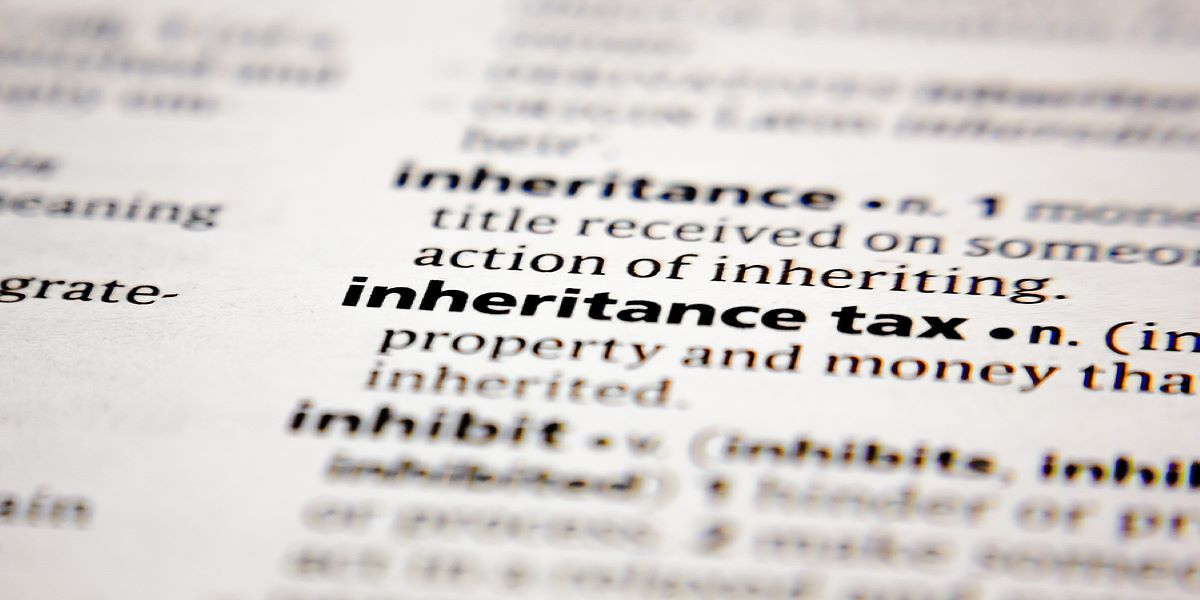The Inheritance Tax (IHT) threshold has remained £325,000 for many years. But the hike in property prices means that an increasing number of estates are becoming liable for IHT.
From 2017, the government introduced a new ‘main residence nil rate band’ to counteract this.
What is the ‘main residence nil rate’ band?
The residence nil rate band (RNRB) is an extra tax free allowance that can be applied to inherited property.
Not to be confused with the Inheritance Tax Allowance, which is the amount of an entire estate you can inherit tax free.
Let’s be absolutely clear:
- ‘Estate’ – the possessions, money and property of someone who has died
- A home (or ‘main residence’) can be inherited by a civil partner or married spouse tax free
- ‘Direct descendants’ can inherit up to £325,000 tax free, based on IHT
- Inheritance tax is due on anything over this amount and is payable at a rate of 40%
- The residence nil rate band is an extra allowance that applies to inherited property
This new residence nil rate band allowance applies to family homes worth up to £2 million. Its value has increased every year since it started:
- 2017-18: £100,000
- 2018-19: £125,000
- 2019-20: £150,000
- 2020-21: £175,000
The government plans to continue its increase in line with inflation.
How do the Inheritance Tax Allowance and residence nil rate band work together?
When you add together the Inheritance Tax Allowance and the residence nil rate band allowance, you get the total amount that your descendants can inherit tax free.
For example:
- Your estate is £750,000 total.
- Minus £325,000 tax free inheritance allowance = £425,000
- Minus £175,000 residence nil rate band = £250,000
- Only have to pay 40% inheritance tax on that £250,000
The combination of the two inheritance tax allowances means that individuals can leave up to £500,000 tax free, and couples can combine and double this amount.
This calculation is based on 2020-21 tax year’s figures.
Who is a ‘direct descendant’?
The family home nil rate band allowance only applies to direct descendants. To HMRC, this means:
- Biological children, grand children and great grand children
- Step children
- Foster children
- Adopted children
- Children who are (or were) under the deceased’s guardianship
They don’t have to be under 18 when they receive the inheritance.
Other family members can inherit the property, but they will not be able to claim the residence nil rate band allowance. This includes nephews, nieces and siblings of the deceased.
The estate itself pays any tax owed to HMRC. As a recipient of an inheritance, you are only liable to pay the inheritance tax in very rare circumstances.
Will everyone get the benefit of this new inheritance tax allowance?
Obviously, this allowance is inextricably tied to property prices. And they are always connected to location. If you live in an area with higher property prices, you are going to be paying more tax on any property you inherit. With or without the residence nil rate allowance. As you would expect, London and the South East paid 53% of the total inheritance tax revenue, out of the whole of England and Wales. In the same year, HMRC’s statistics show that more than 20,000 recipients saved a combined £3.1bn because of the new allowance.
If you end up selling an inherited property for less than it was valued when you paid inheritance tax on it, you might be able to claim an inheritance tax rebate.
With numbers as big as these, not many of us will have to worry about inheritance tax at all. But the takings contribute to the country’s overall revenue stream and, you never know, that lottery win may be just round the corner.


